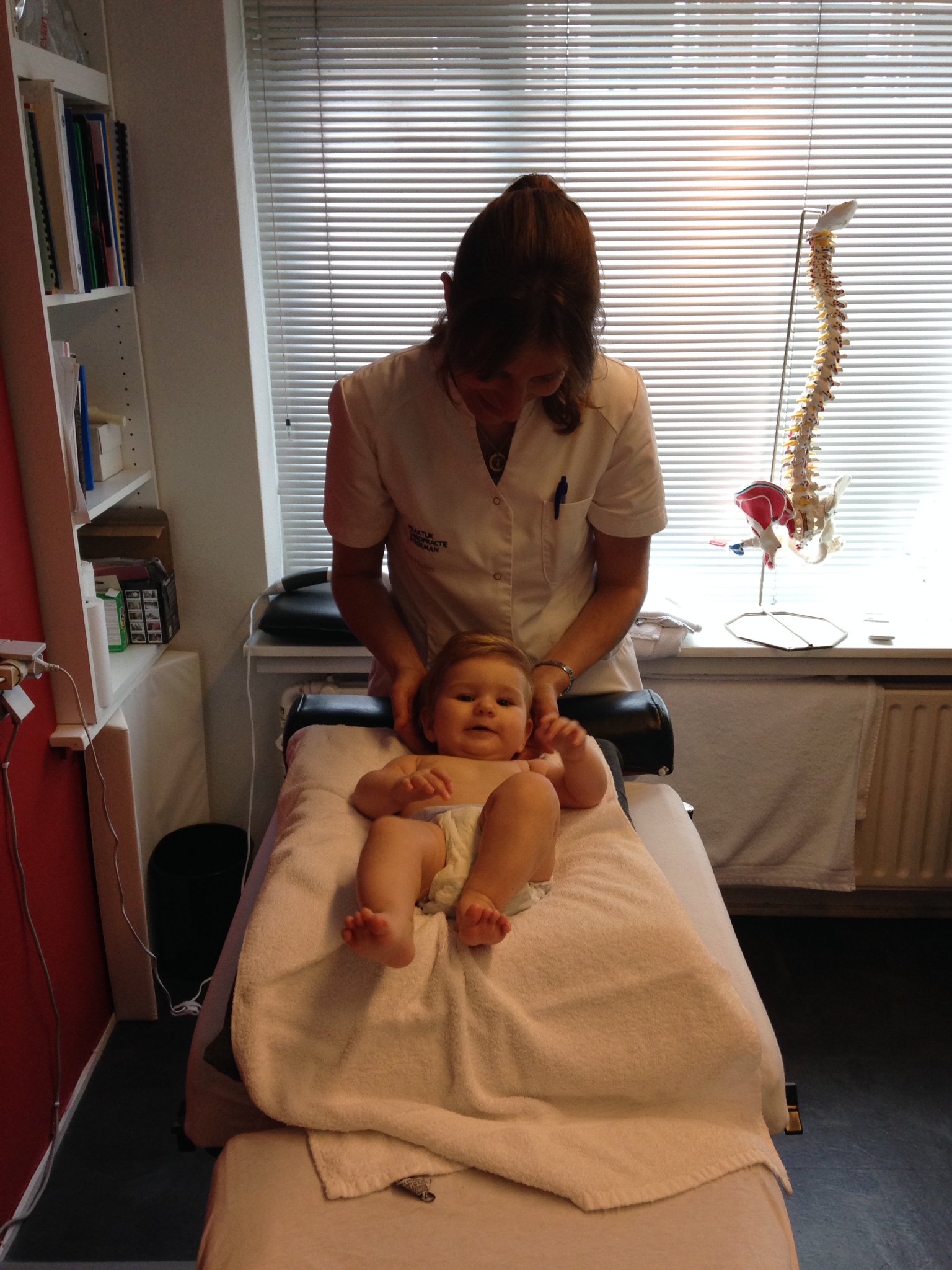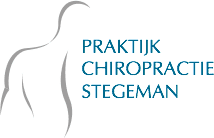Babies
With some regularity, newborn babies suffer from such problems as preferred posture, overstretching, crying a lot or reflux. Often the forces incurred during birth are the cause.
Chiropractic is a very effective and safe method to help babies with complaints. Treatment methods are of course age-appropriate.
Would you like to schedule an appointment or no-obligation consultation? Fill in this form and we will contact you within one working day.
Babies
With some regularity, newborn babies suffer from such problems as preferred posture, overstretching, crying a lot or reflux. Often the forces incurred during birth are the cause.
Chiropractic is a very effective and safe method to help babies with complaints. Treatment methods are of course age-appropriate.
Would you like to schedule an appointment or no-obligation consultation? Fill in this form and we will contact you within one working day.
35 years of experience
At Stegeman Chiropractic Clinic, we have been helping people with various musculoskeletal problems since 1987.
For all ages
Baby, teenager, adult or very elderly; everyone can come to us. We tailor the treatment plan and methods used to suit you.
Personal approach
The treatment plan is completely tailored to your needs. During each treatment, we take time to evaluate how you are doing.
35 years of experience
For all ages
Personal approach
Babies: complaints and causes
Chiropractic care can help with many different complaints:
Restless behaviour, nervousness, crying a lot
Preferred position of head or pelvis
Overstretching
Preferred breast with feeding
Problems with sucking
Asymmetric head shape
Asymmetric movement of arms and/or legs
Extreme crying when dressing and undressing
Unstable head control for age (the head comes along slowly when pulling up on the arms)
Delayed development (especially gross motor skills)
Constipation
Grasping at the ears
Of course, the above complaints can also have another cause. The chiropractor always assesses whether treatment makes sense.
The first thing a growing spine experiences is the position it is forced to adopt in the womb. Many people know that breech or transverse positions can cause problems during childbirth. Even in normal childbirth, a lot of pressure is put on the baby’s body. A caesarean section may seem less traumatic, but it sometimes brings other problems. Complaints of a newborn baby may thus be related to irritation of the nervous system due to blockages in the spine.

Babies: complaints and causes
Chiropractic care can help with many different complaints:
Restless behaviour, nervousness, crying a lot
Preferred position of head or pelvis
Overstretching
Preferred breast with feeding
Problems with sucking
Asymmetric head shape
Asymmetric movement of arms and/or legs
Extreme crying when dressing and undressing
Unstable head control for age (the head comes along slowly when pulling up on the arms)
Delayed development (especially gross motor skills)
Constipation
Grasping at the ears
Of course, the above complaints can also have another cause. The chiropractor always assesses whether treatment makes sense.
The first thing a growing spine experiences is the position it is forced to adopt in the womb. Many people know that breech or transverse positions can cause problems during childbirth. Even in normal childbirth, a lot of pressure is put on the baby’s body. A caesarean section may seem less traumatic, but it sometimes brings other problems. Complaints of a newborn baby may thus be related to irritation of the nervous system due to blockages in the spine.


Why chiropractic care for babies?
Chiropractic care is very effective and very safe for babies and children. A chiropractor diagnoses, treats and works preventively on movement disorders of the spine and skull and their effects on the nervous system.
The chiropractor specialises in treating blockages in the spine and nervous system. This removes the irritation to the nerve, allowing it to recover and will reduce the symptoms.
Why chiropractic care for babies?
Chiropractic care is very effective and very safe for babies and children. A chiropractor diagnoses, treats and works preventively on movement disorders of the spine and skull and their effects on the nervous system.
The chiropractor specialises in treating blockages in the spine and nervous system. This removes the irritation to the nerve, allowing it to recover and will reduce the symptoms.

Baby stories
Tjibbe
Thor
What does a treatment programme look like?
At your first appointment, it is important that the chiropractor gets a good overview of you and your symptoms. So we take the time to discuss your history and personal situation. Afterwards, the chiropractor will do a physical examination. The chiropractor has now gathered enough information to draw up a treatment plan. In many cases you will also be treated during the first appointment. During follow-up sessions, we always take the time to evaluate how you are doing and tailor our treatment to the situation. For instance, we often complement the chiropractic corrections with trigger point therapy, traction, massage, advice or at-home exercises.

PHASE 1: CORRECTIVE
During the corrective phase, the chiropractor makes most of the corrections. This restores the freedom of movement of your spine. This triggers the healing process. With this, you soon move better and the pain decreases.

PHASE 2: STABILISING
In the stabilising phase, the chiropractor optimises the function of your spine and the adaptability of your nervous system. In addition, your muscles are given a chance to recover.

PHASE 3: PREVENTION
In the maintenance and prevention phase, we monitor your recovered body. In this phase, maximum improvement has been achieved. By doing regular preventive check-ups, you prevent complaints from coming back.
What does a treatment programme look like?
At your first appointment, it is important that the chiropractor gets a clear overview of you and your symptoms. So first, we take the time to discuss your history and personal situation. Afterwards, the chiropractor will do a physical examination. The chiropractor has now gathered enough information to draw up a treatment plan. In many cases you will also be treated during the first appointment. During follow-up sessions, we always take the time to evaluate how you are doing and tailor our treatment to the situation. For instance, we often complement the chiropractic corrections with trigger point therapy, traction, massage, advice or at-home exercises.

PHASE 1: CORRECTIVE
During the corrective phase, the chiropractor makes most of the corrections. This restores the freedom of movement of your spine. This triggers the healing process. With this, you soon move better and the pain decreases.

PHASE 2: STABILISING
In the stabilising phase, the chiropractor optimises the function of your spine and the adaptability of your nervous system. In addition, your muscles are given a chance to recover.

PHASE 3: PREVENTION
In the maintenance and prevention phase, we monitor your recovered body. In this phase, maximum improvement has been achieved. By doing regular preventive check-ups, you prevent complaints from coming back.
